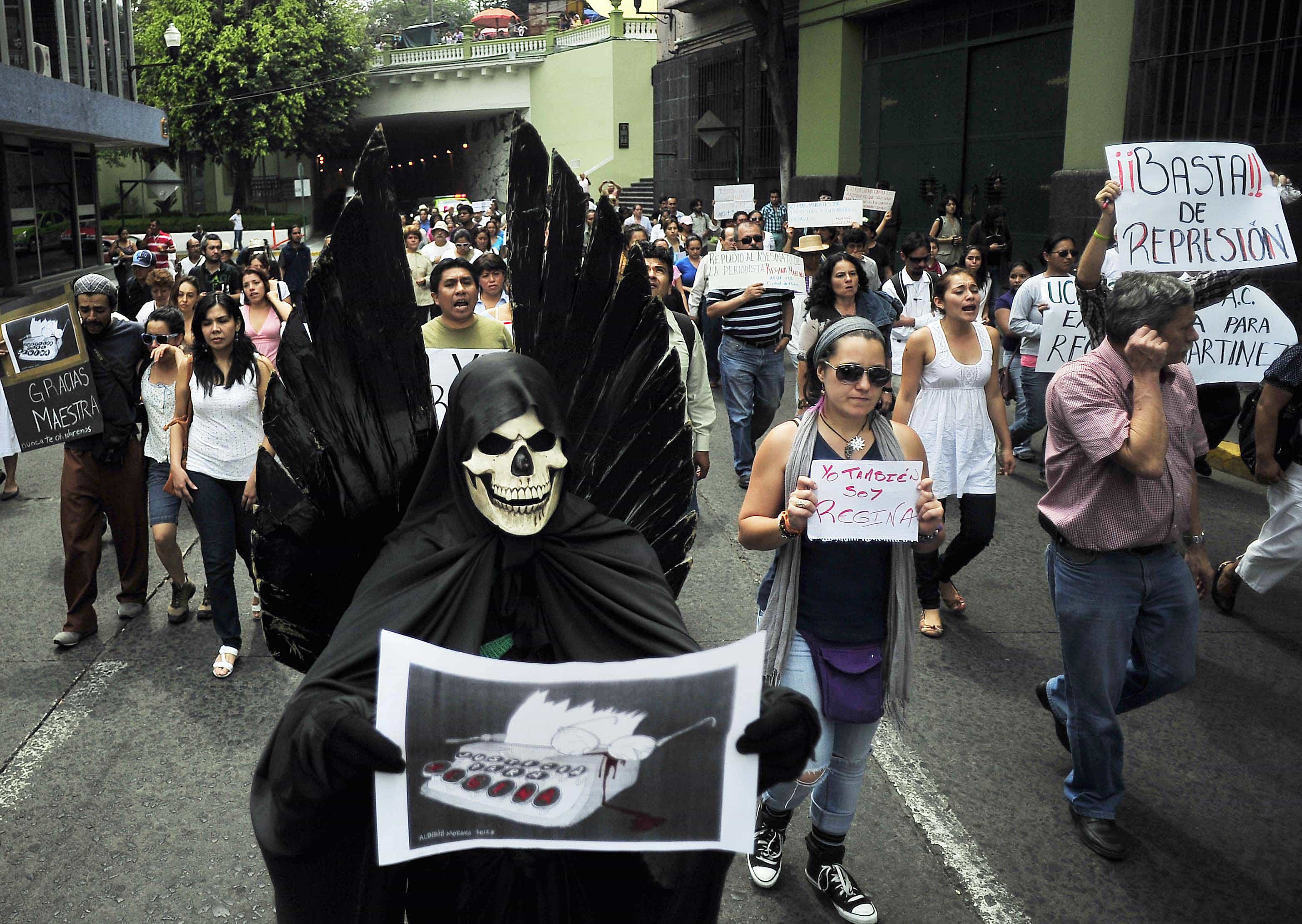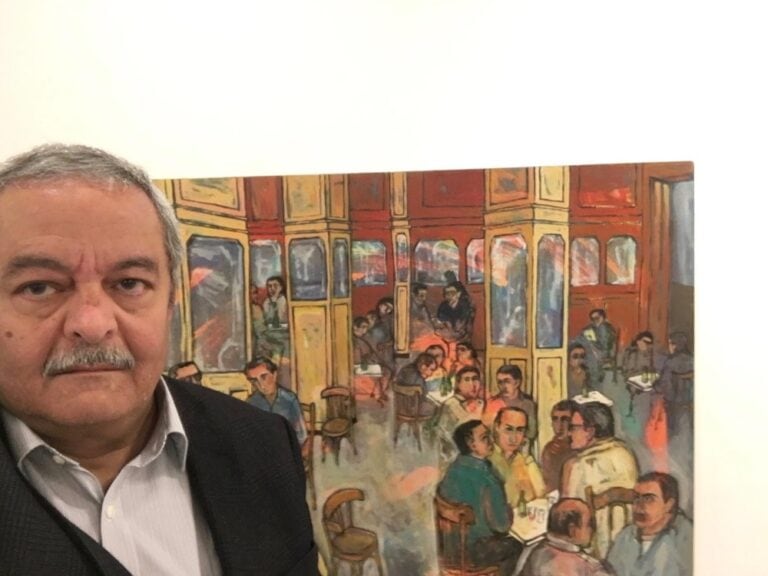The dangers to press freedom hit close to home recently when staff at IFEX member ARTICLE 19 of Mexico received an anonymous death threat aimed at stopping their efforts to end impunity for crimes against the media – which is also a theme of this year’s World Press Freedom Day.
Sometimes we have to take a step back from reading the news, and reflect on the people who bring it to us.
Last year was the most lethal year ever for the media, with at least 70 journalists killed in direct relation to their work. When citizen journalists and other media workers are factored in, the death toll is even higher. On World Press Freedom Day we should all recognize and honour the critical role of a free press in protecting human rights and make a commitment to do what we can to ensure that journalists and other media workers can do their jobs, safely. It’s in all of our interests to do so.
Many groups around the world shine a spotlight on violations of press freedom and advocate to ensure that those who are responsible are held to account. This work is rife with risks, both personal and professional. On 19 April, 2013 an anonymous death threat was taped to the office door of human rights organization ARTICLE 19 in Mexico – a country consistently near the top when people list the most dangerous places in the world to be a journalist, and one where crimes against the media usually go unpunished. The death threat was an attempt to stop the important work they are doing to address these violations and bring the perpetrators to justice.
That is just one example, from one of over 80 organizations in the IFEX network, working in 60 countries, all of whom are committed to free expression and who recognize the importance of a free press and an informed public to a healthy society. Through them, we receive daily alerts on threats and violations to those who bring us the news, as well as reports on other events that affect press freedom – for better, or for worse.
The resulting global picture is mixed. There is some good news. The explosion of digital journalism is making it easier and faster to share news and information – the kind of information that can expose corruption and overthrow tyrants. Some countries are gradually introducing or re-introducing media freedoms, such as Burma’s decision to allow the publishing of daily newspapers. Other countries have enshrined a commitment to press freedom in newly drafted democratic constitutions. New organisations and networks are springing up to address Internet-specific threats to free expression. A global awareness of the culture of impunity – and what we can do to end it – is spreading, thanks in part to campaigns launched by IFEX and its members, such as the International Day to End Impunity.
The bad news is that in much of the world, a free press remains a dream. That’s not new, but it bears repeating, even in established democracies where press freedom is often taken for granted. Issues of media ownership and political interference are always factors to consider. In some cases media abuses by a few have led to proposed limitations on press freedom more generally. In yet others, powerful crime syndicates are making a mockery of the laws that purportedly protect media. And in several of the newest democracies, after the excitement of governments and tyrants overthrown, after constitutions drafted in the noblest of language, after the international press has moved on to other stories, and those fledgling democracies are put to the test – we are seeing press freedom among the first casualties.
The reality is that media freedom isn’t something that can be established once and then left alone to take care of itself. A free press needs continued monitoring and support to protect it from its enemies.
So take a moment this World Press Freedom Day to reflect on how precious it is. Because a free press needs us as much as we need it.
The IFEX network brings together over 80 international, regional and local organisations, and advocates on behalf of the free expression rights of all people. Check out IFEX’s World Press Freedom Day web page here.
This article was originally published on 3 May 2013 in The Globe and Mail.



